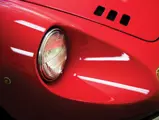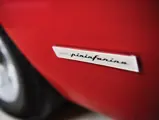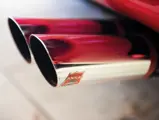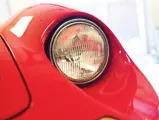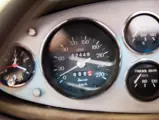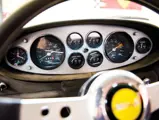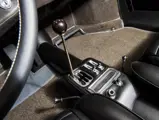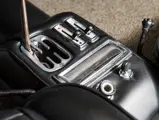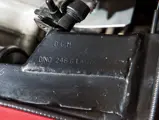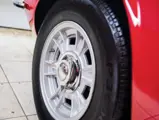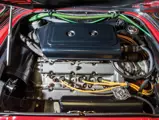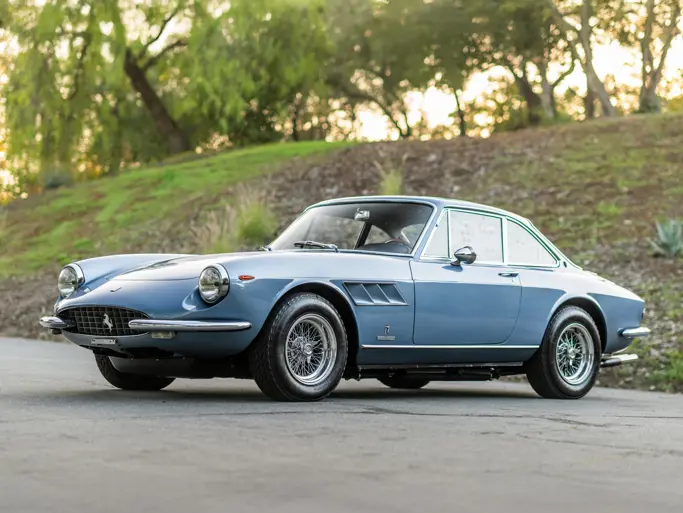195 bhp, 2,418 cc DOHC V-6 engine, five-speed manual transmission, front and rear independent suspension with A-arms, coil springs, and telescopic shock absorbers; and four-wheel ventilated disc brakes. Wheelbase: 92.1 in.
Named as a tribute to Enzo Ferrari’s son, the Dino was introduced as a sporty brand built by Ferrari in conjunction with Fiat. The Dino signified a new era for Ferrari and introduced a different type of enthusiast to their cars. It was the first production car from Maranello to feature a V-6 engine and was also their first mid-engined road car. Before his tragic death in 1956, Dino Ferrari was one of the principle proponents of Ferrari’s racing V-6 engine, eventually used in the 206 S prototype race car, so it was fitting that the new brand was named Dino to honor his legacy.
The first concept of the Dino deputed at the 1965 Geneva Auto Show, and in 1967, the Dino finally entered series production with a 2.0-liter engine. The racing pedigree and mid-engine layout was just part of the new Dino’s appeal. The Dino 206 was prized for its gorgeous Pininfarina-designed, Scaglietti-built coachwork, which was reminiscent of curvaceous 1950s styling while still being entirely fresh and modern. Enthusiasts were impressed by the Dino’s balance during tight handling caused by its near-even weight distribution, a result of the race-proven mid-engine layout.
After a run of only 150 cars, the 206 Dino was replaced in 1969 by the Dino 246 GT, which was visually nearly identical to the 206 but featured a larger 2.4-liter engine. The Dino 246 was built in three distinct iterations until 1974, known as the L-, M-, and E-series. The L-Series was the direct successor to the 206 and was built from March 1969 to October 1970. Only 357 L-Series cars were built, and these are considered by enthusiasts to be the “bridge” between the 206 and later 246 GTs. These early cars retain many desirable features normally associated with the 206, while benefiting from the larger displacement 2.4-liter engine. The L-Series has the more purposeful 206-style seats and dash, a deeper passenger footwell with a folding footrest, a Daytona steering wheel, and attractive knock-off wheels. Most significantly, L-Series Dino GTs feature handmade lightweight alloy doors and decklids, which sets them apart from the heavier, all-steel-bodied M- and E-series Dinos.
Known history for this European specification L-Series Dino, chassis number 00690, dates back to 1974 when George Ider purchased it in Le Havre, France, and exported it to Oakland, California. Extensive records from Mr. Ider’s ownership document the 1974 export to the United States and also show that the car was routinely serviced. Monza Motors of San Francisco did a full rebuild to the transmission, engine, and other components in 1981.
In 2008, its then owner wanted to bring 00690 to concours condition. He had the interior restored with the correct black vinyl, renewed the brakes, cleaned the distributor and carburetors, and did a $15,000 suspension rebuild. After this work, 00690 scored 92 points at the 2010 Cavallino Classic, winning an FCA Gold award. Its current owner added this Dino to his Ferrari collection in 2011 and has had it regularly serviced at Ferrari of Ontario over the last five years. Included in the sale are a correct jack, tool kit, owner’s manual, and parts book.
This is a wonderfully presented L-Series 246 Dino 246 GT that is ready for its next owner to drive and enjoy.

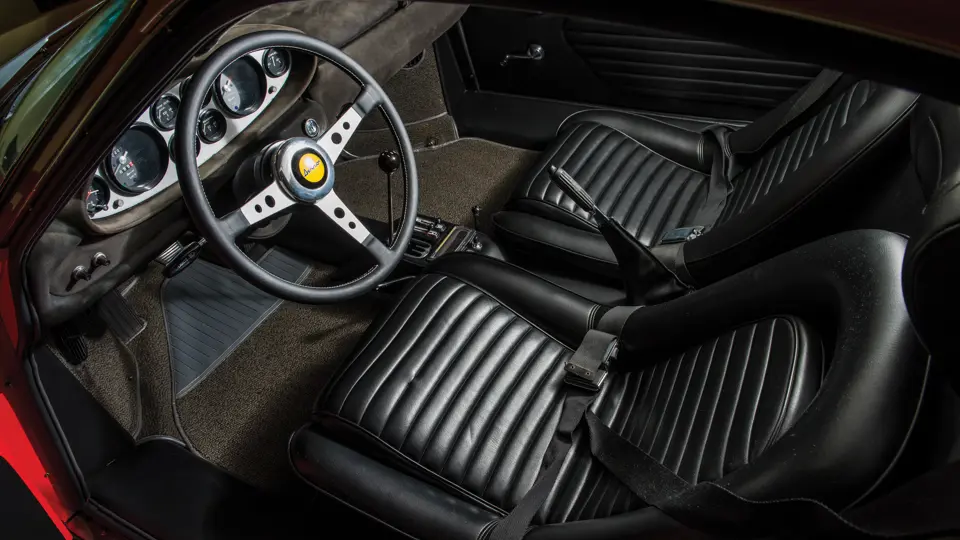
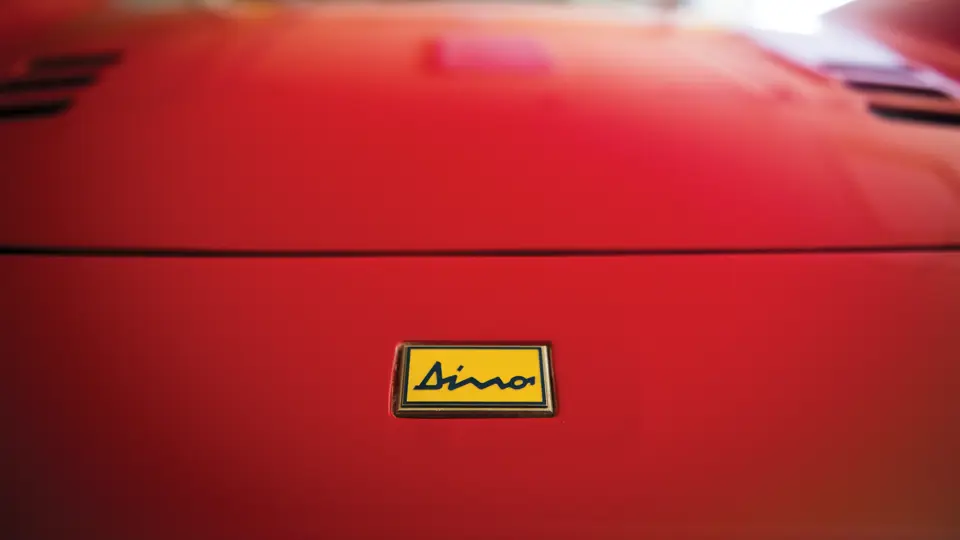



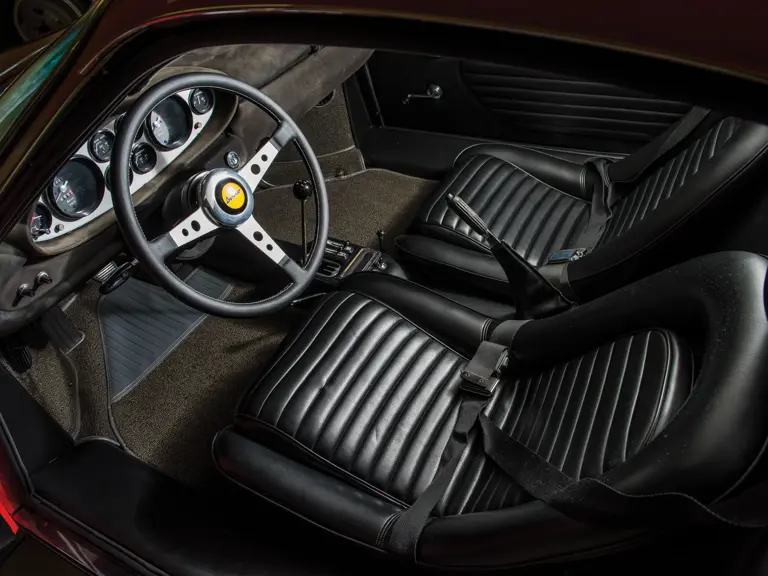


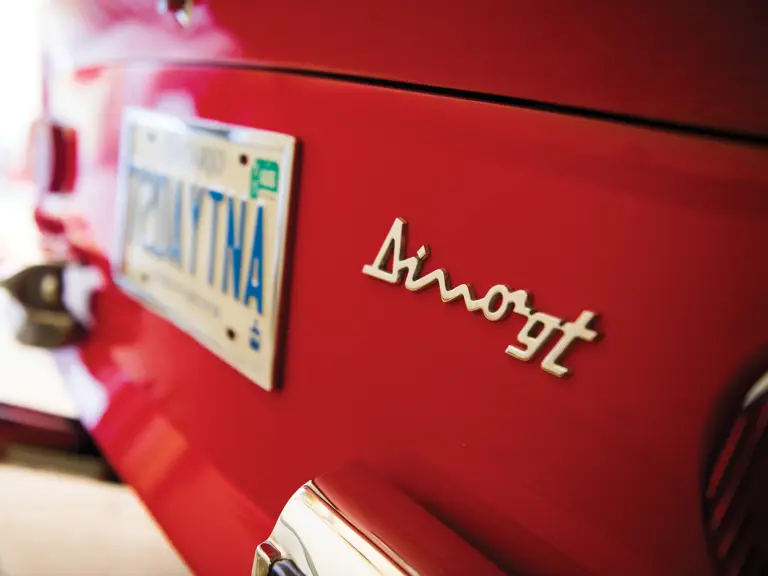
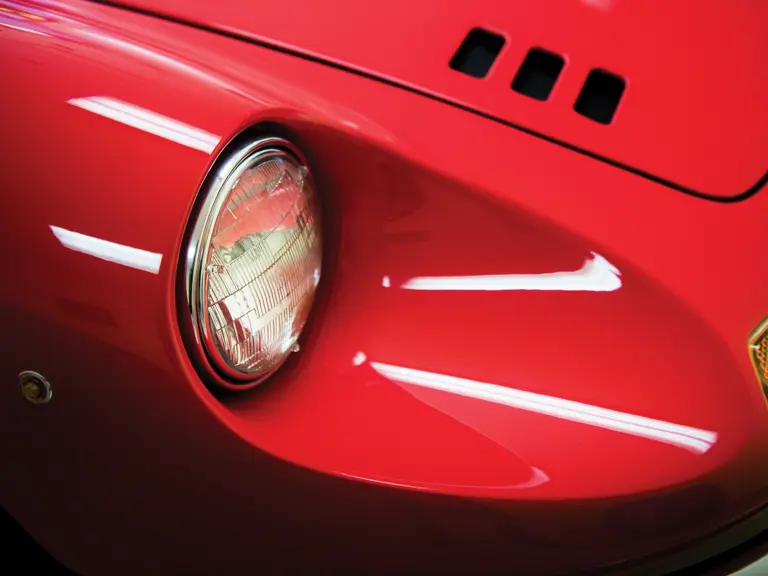
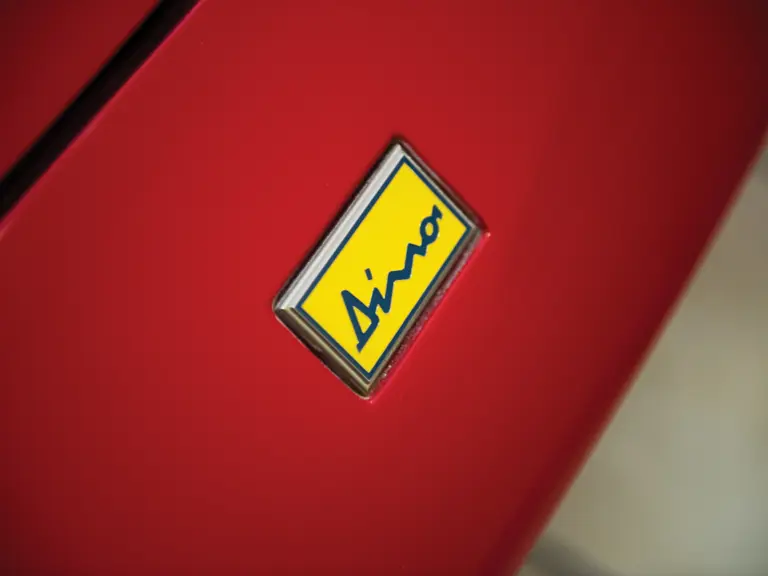



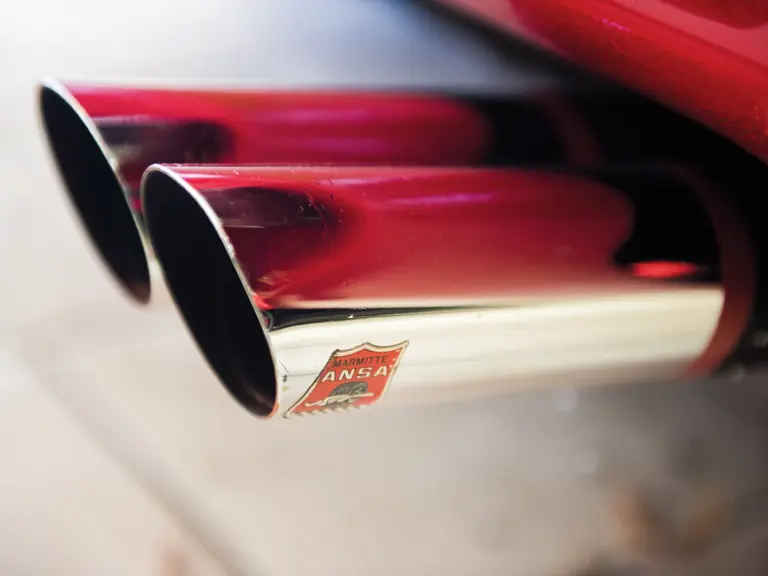
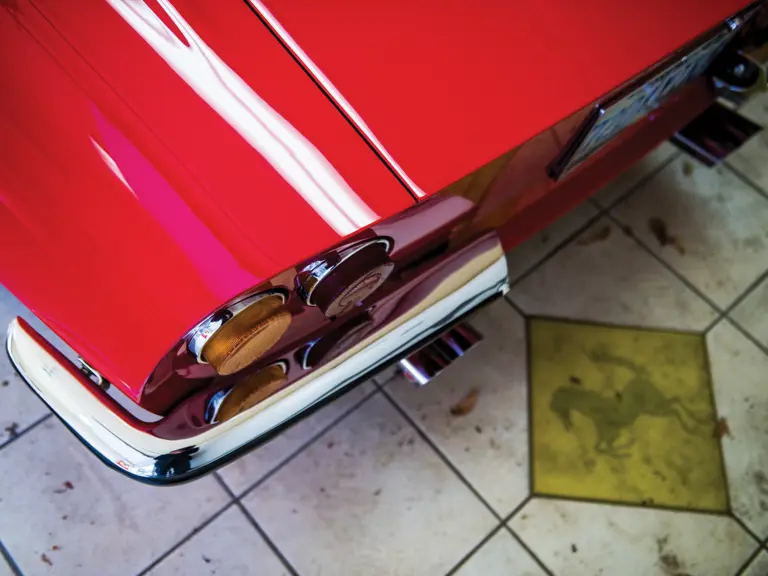
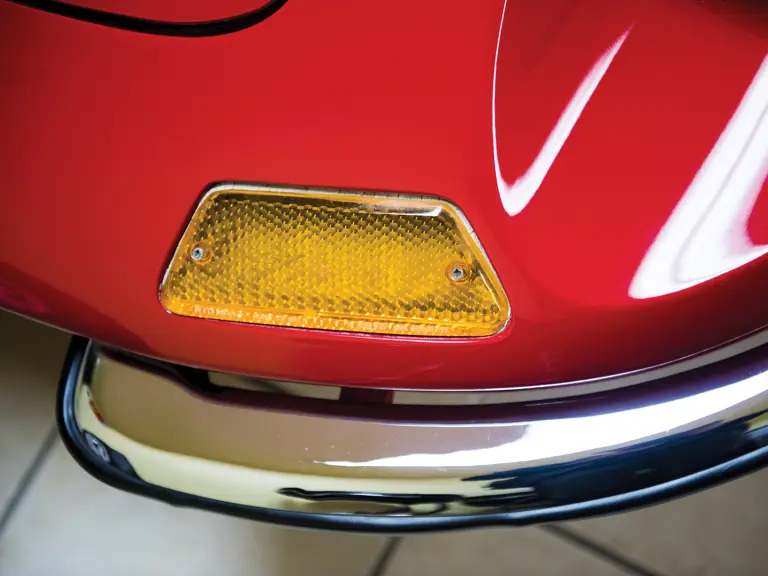
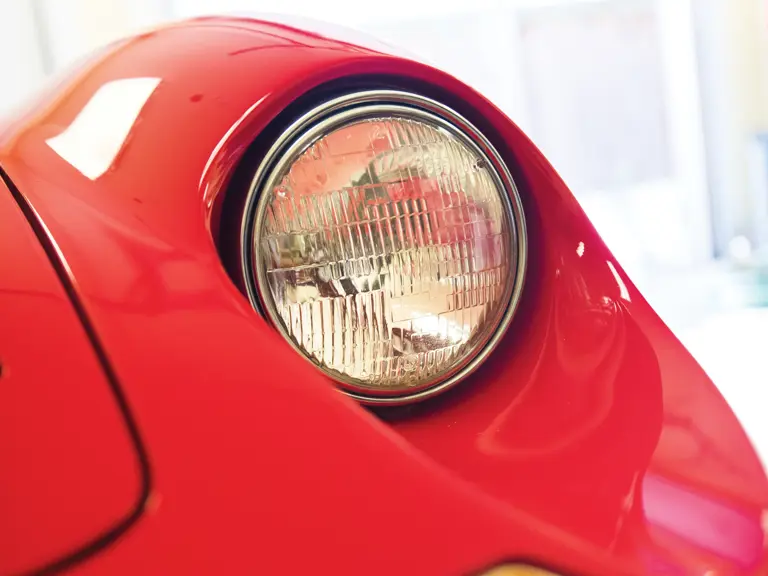

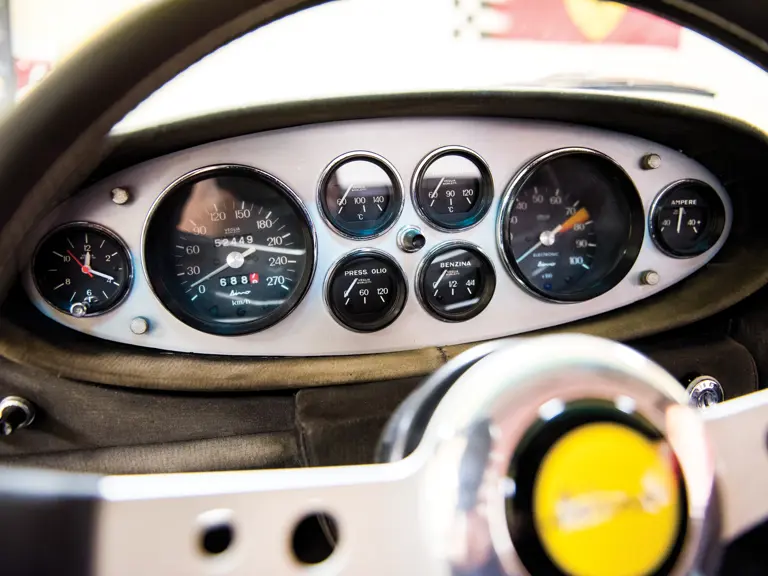
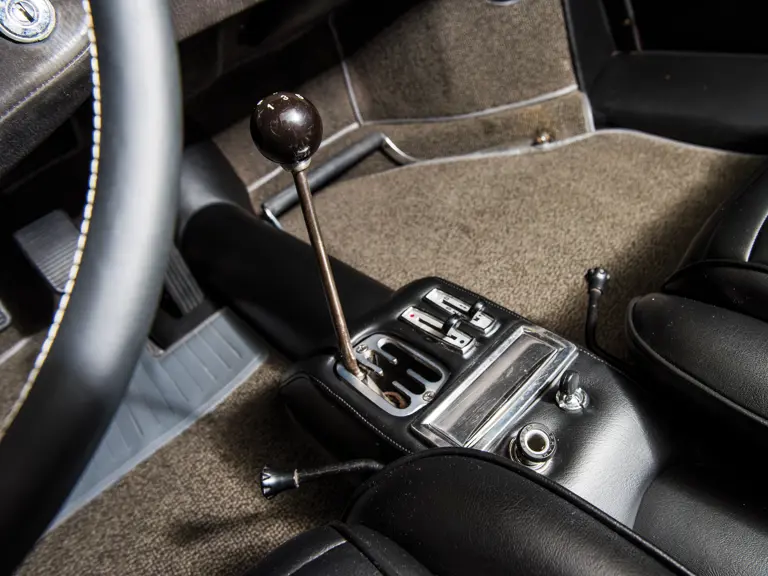
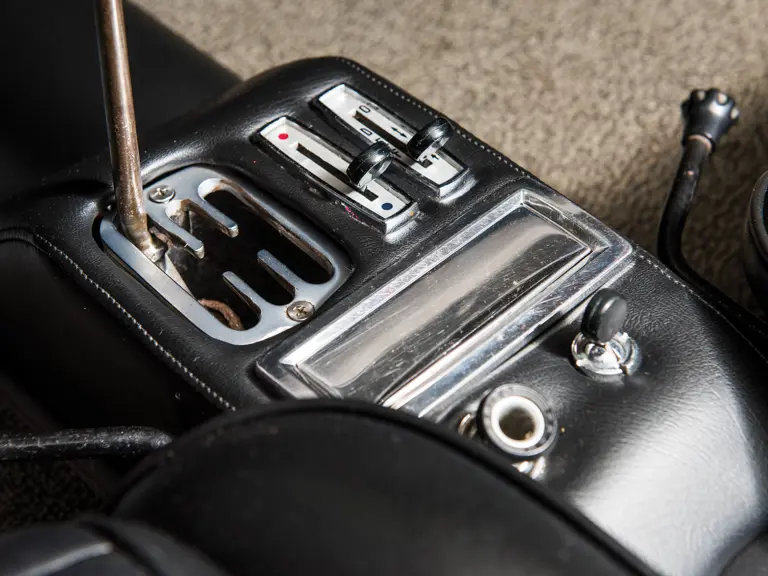
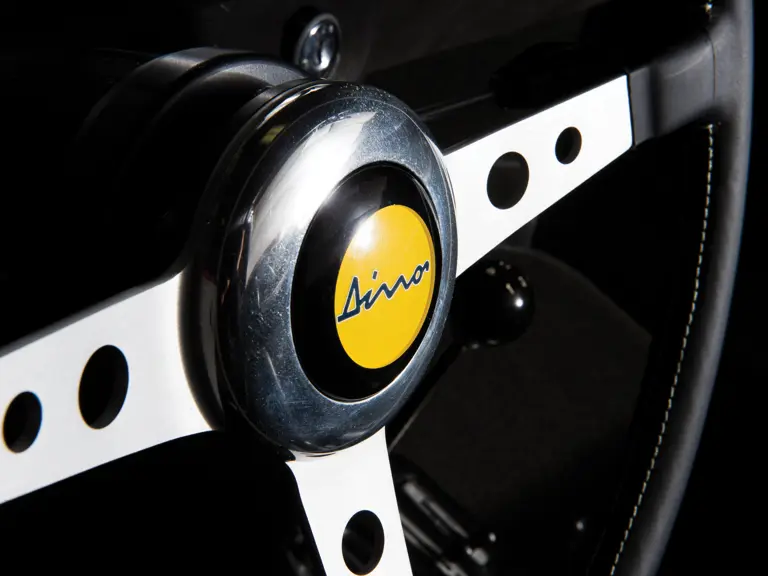
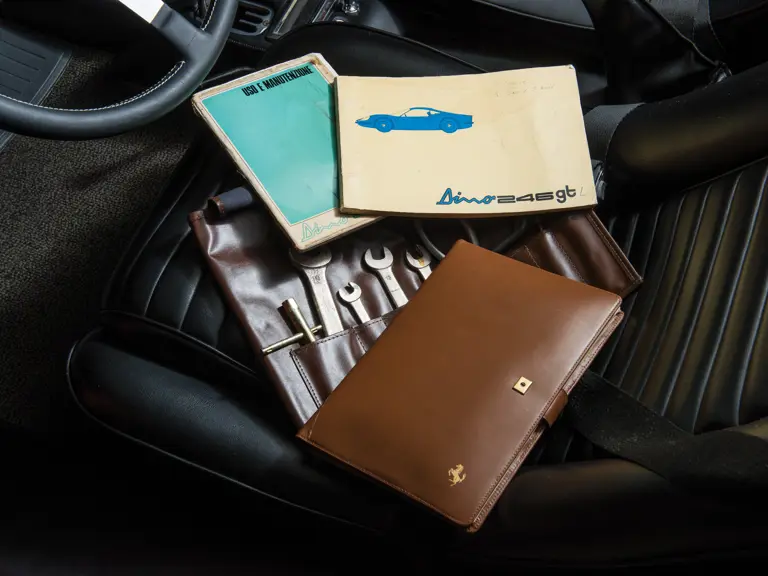
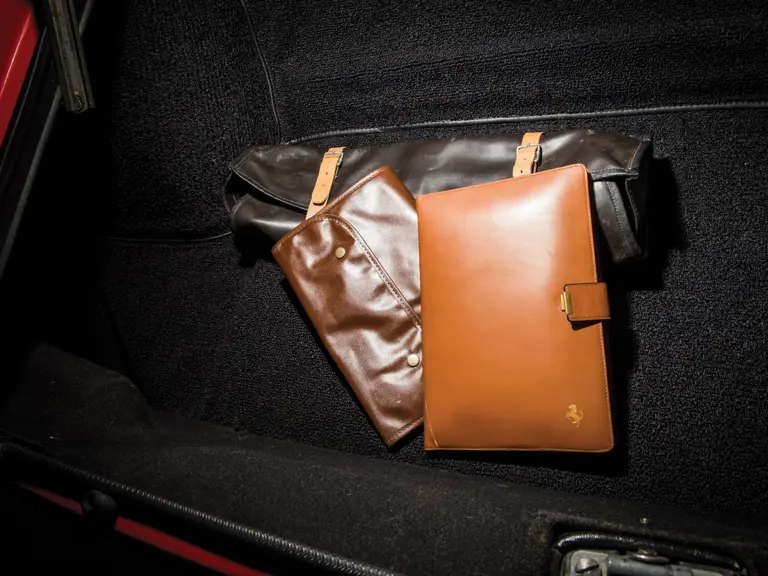
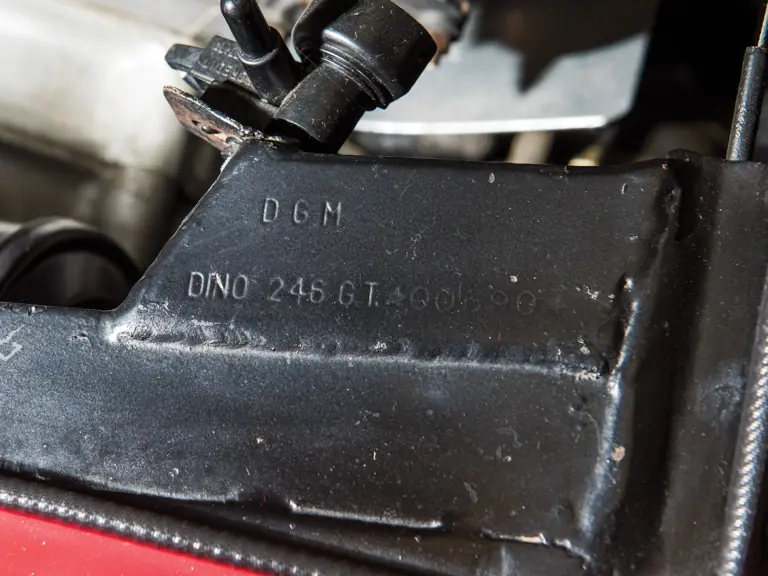
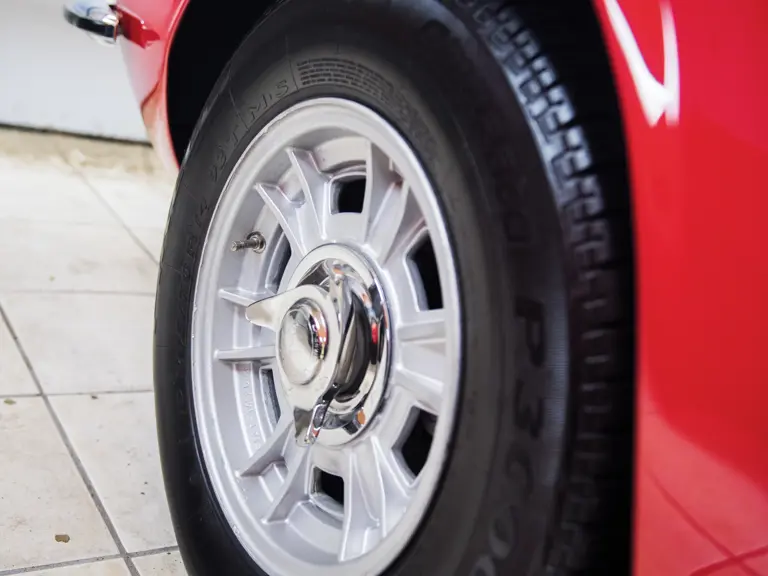
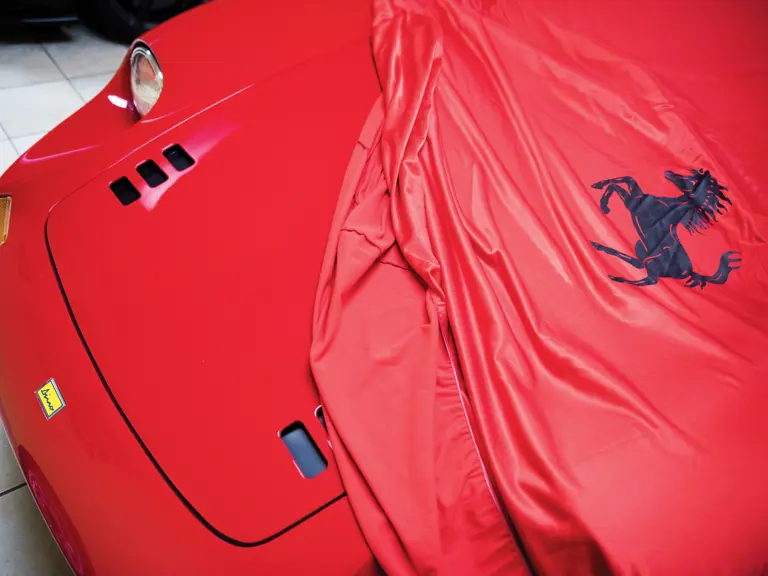
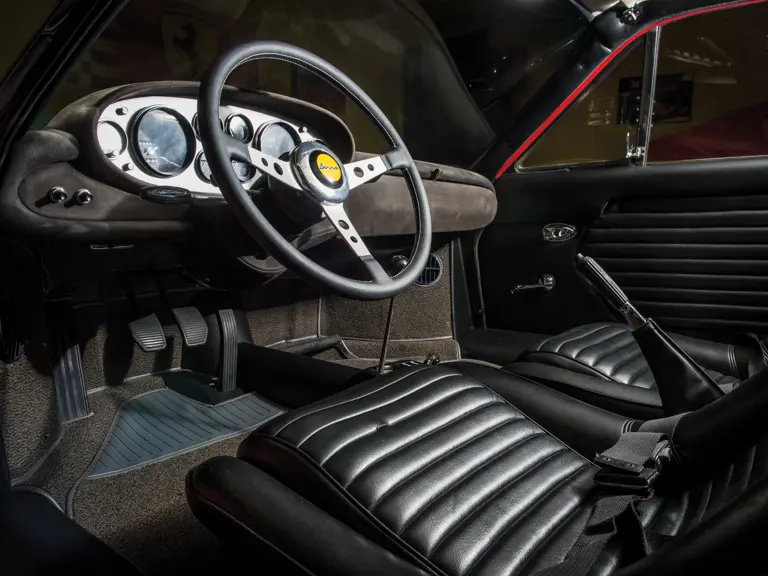
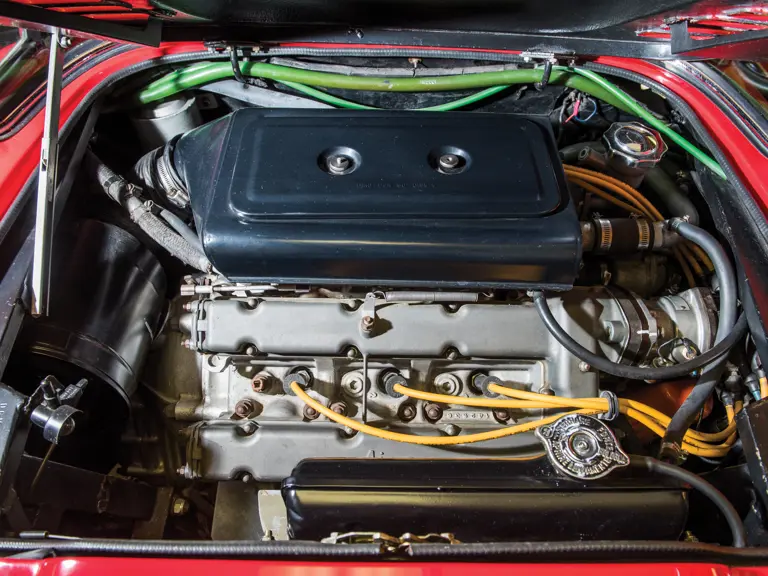

 | Phoenix, Arizona
| Phoenix, Arizona





